The Aude is Cathar Country, the site of dramatic events in the middle ages. In the early 13th century, the region suffered violent crusades against the humble Cathar church. The proud seigneurs of the southern cities tried but failed to protect their people and withstand the onslaught of the mighty armies of the north. Towns were placed under siege and many of the heretics put to death – as told in Kate Mosse’s bestselling novel Labyrinth. Carcassonne is the most famous of the besieged cities and a UNESCO World Heritage site – definitely a must see. However, don’t miss the opportunity to visit at least one of the Aude’s breathtaking eagle’s-nest castles – the scenery is stunning and the history captivating. There are too many to mention them all here; those featured are perhaps the most famous and are easy to reach from Azille.
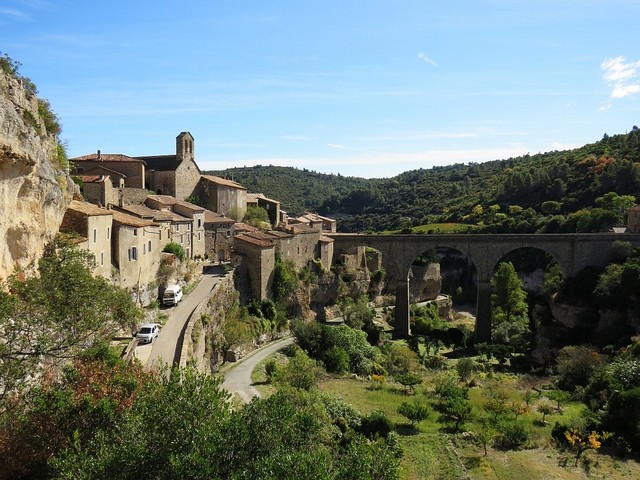
Minerve
Not to be missed, this fortress village is in a stunning location and is rich in history. In 1210 it was besieged for 10 weeks by the crusaders, who cut off the town’s water supply. Following the defeat, 180 Cathars were put to death. Very little of the original castle remains, but the steep, winding streets are a delight and contain a handful of good shops and restaurants. There is a poignant memorial to the Cathars and a replica of the malvoisine (bad neighbour) as the crusaders’ trebuchet was known. A small museum tells the story of the crusades using models arranged in a series of set pieces. 10 miles/16 km.
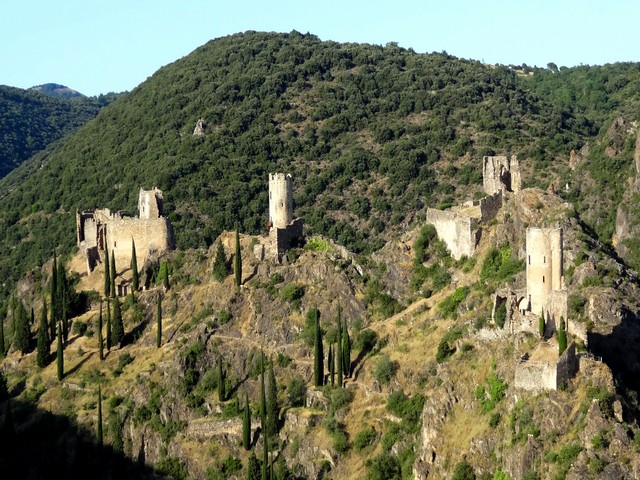
Lastours
Four ruined castles towering on a rocky spur above the medieval village of Lastours make a stunning sight. You can clamber up the winding paths to explore each one as well as investigating the ruined remains of the original village, pillaged during the crusades. There is a medieval-themed restaurant below the castles and an excellent café in the village itself. Head a few miles down the road to a viewing platform to take in the sight of all four castles clinging to the cliff face together. Open most of the year (closed in January). 18 miles/29km.
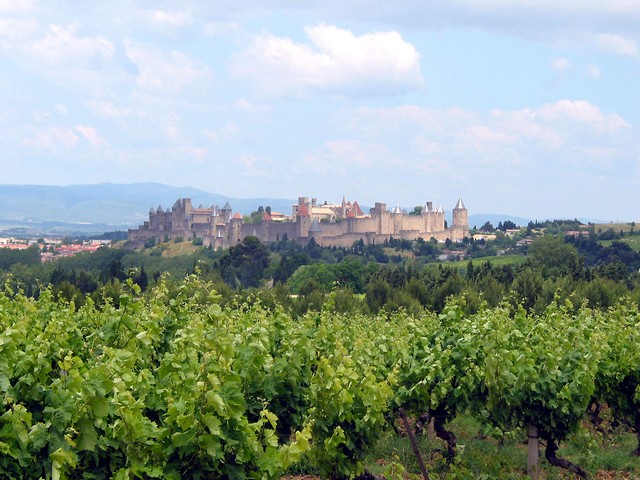
Carcassonne
The Cité is a UNESCO world heritage site, a Grand Site du France and one of the country’s most-visited tourist attractions. The highlight is the Château Comtal (entry fee applies; guided tours optional) but you can wander the streets of the citadel at will. There are some excellent restaurants and many souvenir shops. The fall of Carcassonne in 1209 was a key moment in the Albigensian crusade; according to legend the Cathar treasure was smuggled out of the city while it was under siege. The medieval city is surrounded by two circular city walls, with 53 towers between them. These are the most complete set of medieval fortifications in existence and contain visible remains of the original Roman defences. 20 miles/32km.
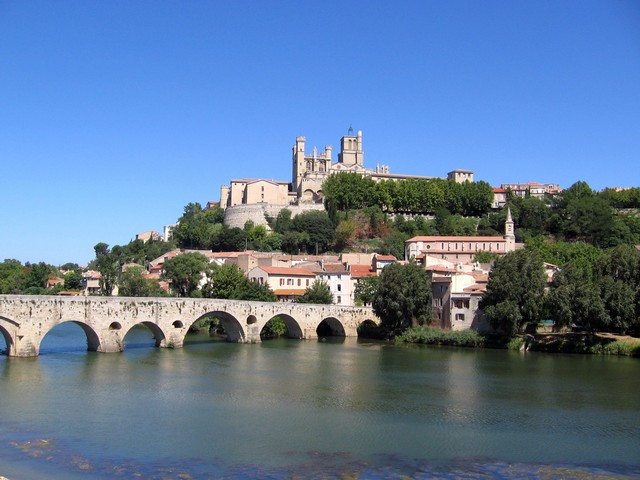
Béziers
This small city has an interesting old quarter and in 1209 was the scene of perhaps the bloodiest episode in the whole Albigensian crusade. Little remains from that time other than the Church of the Madeleine, which is well worth a visit, but there are many other historic buildings dating from the 13th century onwards. 31 miles/50km.
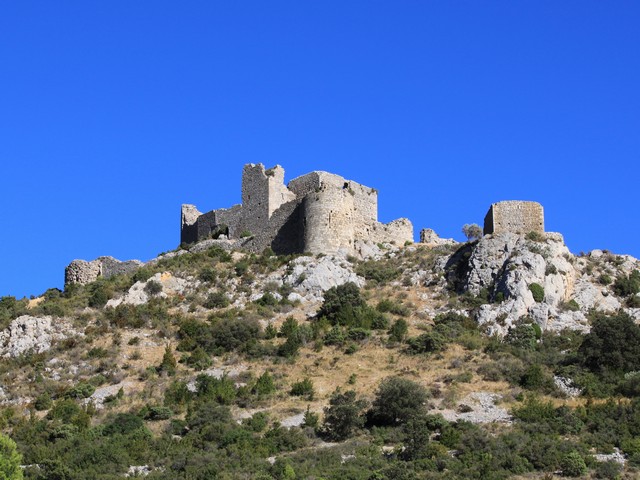
Château d’Aguilar
One of the Five Sons of Carcassonne, along with Queribus, Peyrepertuse, Puilarens and Termes. For a time, Aguilar was a refuge for faidits – the knights and lords dispossessed of their lands after defying the Catholic crusaders – but it was besieged and occupied by Simon de Montfort in 1210. The castle is perched above the village of Tuchan, in the Fitou wine area of the Corbières, so why not combine a trip here with a tasting at one or two of the local caves? 40 miles/64km.
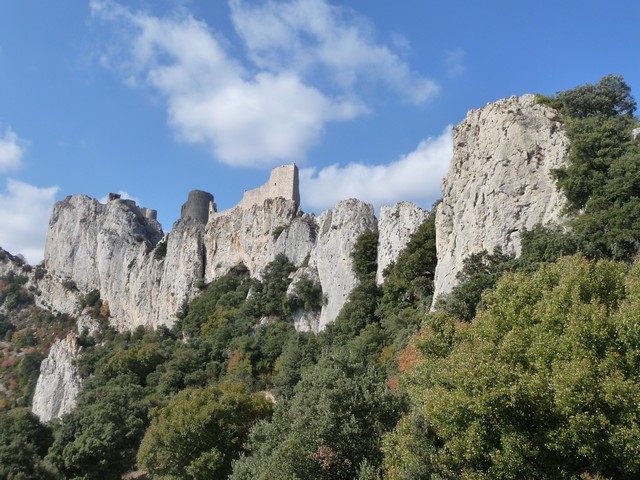
Peyrepertuse
A truly impressive sight. Perched high on a rocky crag, it’s name means ‘pierced rock’ – and as you drive towards the castle it’s hard to tell where the rock ends and the castle begins. Never besieged, Peyrepertuse surrendered to the crusader forces in 1217. After clambering over the rocks and ruins, you could cool off with a swim in the Gorges du Verdouble. There’s a lovely spot for wild swimming by the village of Duilhac-sous-Peyrepertuse. 47 miles/75km.
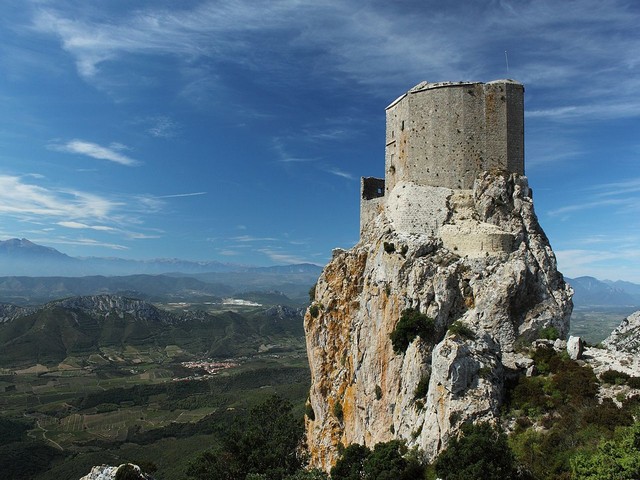
Queribus
Possibly the most iconic of the Cathar Castles, perched precariously like an eagle’s nest atop a vertiginous cliff face. Queribus was a safe haven for the Cathars for many years and the last survivors gathered here following the fall of Montségur, before taking flight into Spain. Later the castle became known as one of the Five Sons of Carcassonne, defending the border against the Kings of Aragon. 50 miles/80km.
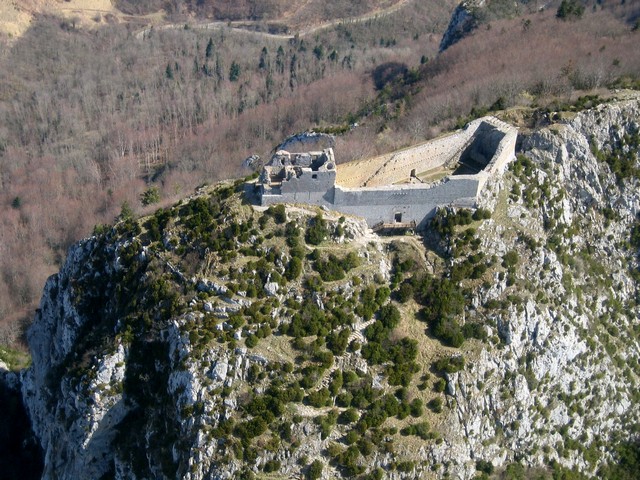
Montségur
Perhaps the most famous of the Cathar Castles, Montségur was the last Cathar stronghold, falling to the crusaders after a 10-month siege in 1244. It’s easy to combine a visit here with a trip to Foix as the two are just 30 minutes’ drive apart. 70 miles/112km.
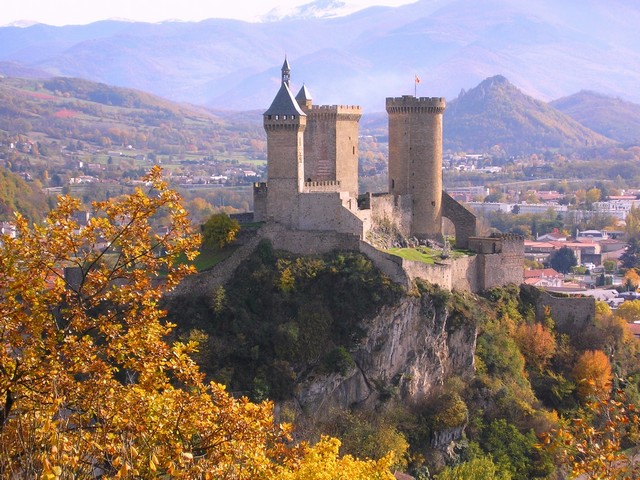
Foix
The castle at Foix dates back to the 7th century or even earlier. Besieged twice by Simon de Montfort during the crusade against the Cathars, it was never captured. Self-guided tours available in different languages. The surrounding town is pretty and has good cafés and markets. 74 miles/119km.